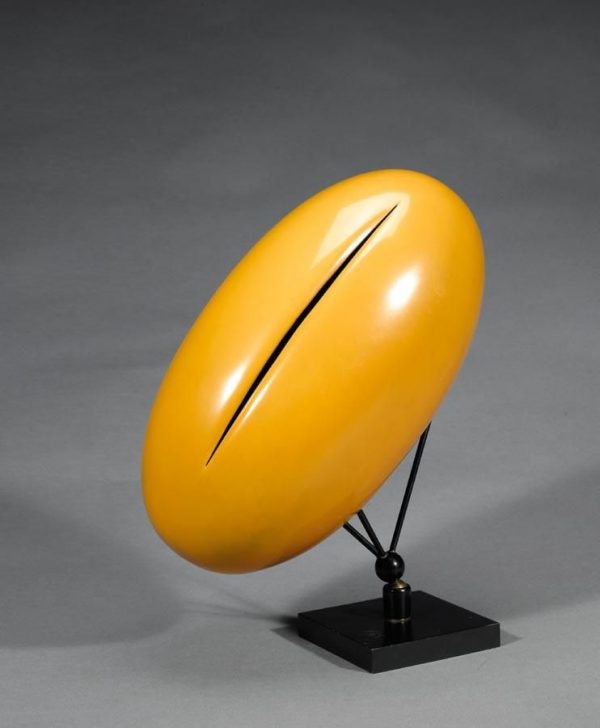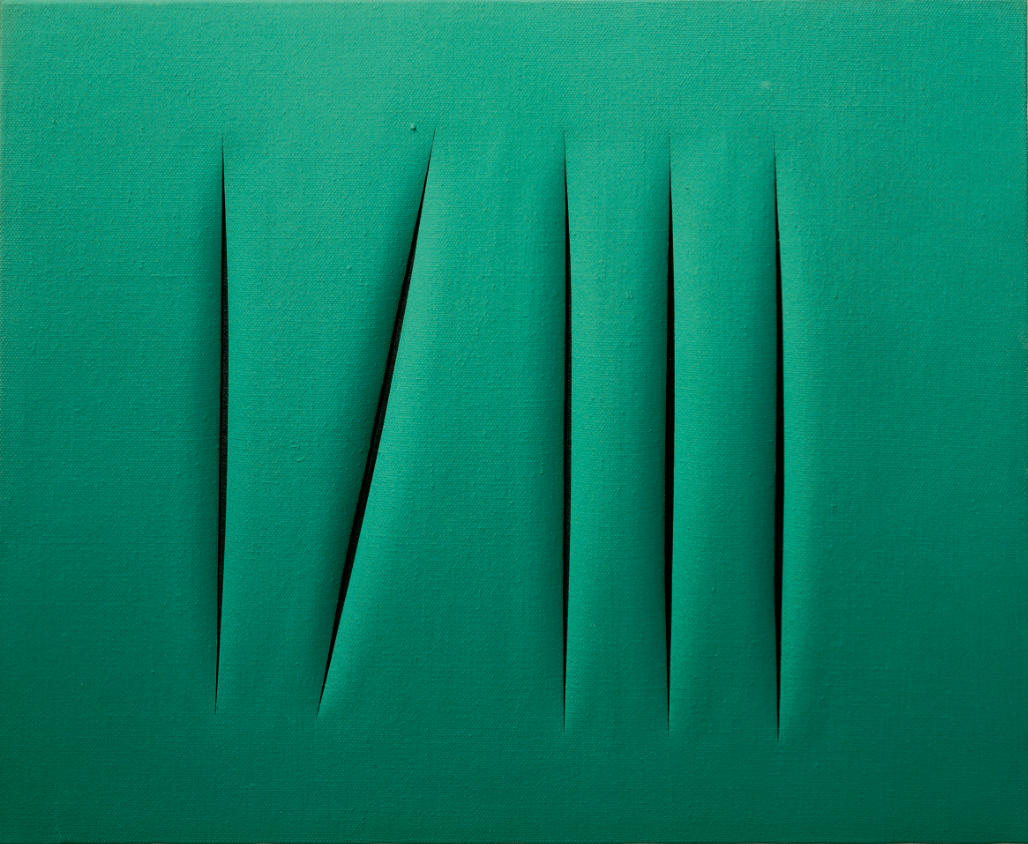Inadequacy
Concepts like art and life should be interspersed with one another because there is no reason for maintaining a separation between human work and the human being itself. Art is life (creative energy - sexual) Who said that? lucio fontana price is the one is about life, which unravels different experiences, recounts details, curiosities, viewpoints.
When it comes to living it is imperative to disbelieve the notion of a perfectionism that can be attained (in order to respond to such expectations, the only art that we can think of is the cinema). The nature of error is the essence of being Human The stumbling block into which we have every one of us at one time or another: superficial judgment, impulsiveness, fear or anger, the unending need for control and security bad choices. Don't tell me you have never made any of these mistakes?
Open: a fresh perspective to view the world from
If we fall, we injure ourselves more or less intensely and are inclined to judge the fall as a mistake, or to make that the mistake was a result of the expectations we set of ourselves and others. The injury is actually the point that we are able to see the truth. It is from here that we can no longer rely on the false notion of perfection (which if it were such shouldn't be hurting) and examine the things that are damaged: we examine it and look at ourselves.

Fontana cut with the awareness the possibility of opening up, breaking or and tearing as destruction is often the strongest creative action, and all the more so in a society that, since a very early age, we are immersed in a strong, impregnating model of belief and values. It is no coincidence that Fontana stated in 1963 in an interview Nerio Minuzzo:
"The critics have always criticized me, but I have never worried about it, I went on regardless and never accepted any kind of salute. Over the years, I was called "the guy that has the holes', with some pity even. Today, I realize that my holes and cuts have a cult following, are accepted and even find practical uses. In theatres and bars, they create ceilings using holes. Since today, as you can see that people in street are aware of the new ways of life. It is the artists that are the ones who know more '.
When Fontana speaks of streetspeople, he evokes the image of imperfection where the hole is a form like any other in which the becoming of life is manifested. Fontana is not scared of dirt , nor of the violence of creative expression and throws tar at the sculpture of a human figure and calls it "Black Man".

Years later, the cut transforms into the conquer of space, in the sense of an attempt to overcome sculpture and painting, by creating a new spatiality that contains both of them: a break from verticality in favour of an open passageway.
This pulsation, which is triggered by inhaling and exhaling of the canvas, reminds us from a distance, in a more intellectual and bourgeois version of the work Gina Pane later did on her skin. The gesture is nonetheless the immortal character in the context of art is destined to be destroyed; the wound and the cut represent border, path and exchange. The artist opens the canvas in two and declares it to be finite. the holes become black holes that give an illusion of depth. They also reveal the vastness that we never understand.
Wait: new things we don't yet know
Fontana called the cuts "Waits," the openings from which new and new things are born that we don't know.
If we make a mistake and hurt or injure the other injuring or hurting another, we need to wait for a period before we react. It starts with the shock of making a mistake and the failure to be overcome, after that, figuring out what steps to take to rectify the mistake or avoid it Then we await the consequences of that break, that slip and the possibility of an entirely new resource. It could also be a waste of time.
Many people do not understand (and are able to comprehend) this philosophy because they are constantly judging how reality and human beings ought to be, and how they should be compared to the two-dimensionality of the canvas. We fight every inch of our being the right methods, the correct method of presenting and being as a person in the society, so that we resort to rules that eventually define normativity.
It's impossible to find anything more confusing. We are convinced that we know everything and everything, we apply our standard to every other organism and ecosystem on the planet However, we view it from a narrow , biased point of view which has nothing to do with the reality of Anthropocentrism and individual interpretations of other theories which are almost never the correct ones.
Accept: no perfection in the sense of absolute perfection.
This also applies to this society that wants us to be better every chance they get, without reflecting on the fact that maybe, instead of increasing standards, we need to learn to be more accepting of the world in the present. Do we accept pain? Do we accept death? Accept body parts? Do we accept diversity? Most importantly, after we accept, do you respect our differences?
Most of the time do we choose to ignore those things that don't fit with the "perfect" nature of our own little planet or the universe. We are feel angry, shocked, and disgusted to be pushed aside, or put under the rug, and so we manifest our imperfections, which we really are, yet we refuse to accept it.
Knowing one's own limits is crucial, as is realising the interconnectedness of all that is the world system: either we are ALL placed in a position to do our best or there's no reason to compete or exert effort to be put into it, unless for the purpose of fuelling inequalities. It's great and good to know that some people who have put in many hours of work have succeeded as a result, just like those who were so fortunate. However, in a larger context, always pushing the boundaries a little further it's a perfection' in an 'imperfect situation; not a 'Perfection' in the absolutist sense.
Could this ever exist?
Cut and let the truth be revealed
We can say that Fontana was a tyrant, as from the beginning, he rejected the easy paths of success, preferring to experiment with the unknown and unpredictably, that is to say: abandoning the notion of being the only one and following the path of study that led him to unravel certain facts.
In my personal opinion, Fontana is the one who cuts the veil and allows the light through, even if there are black sails that obscure behind the cuts. A spatial artist as well as one of the pioneers of that art understood not only as a work but as a gesture, an act, in and around it. in the context of actions on space, performance as the activation of narrative, of which much is practiced in the present.
To me, his cuts illuminate all these, opening new perspectives on art as well as new perspectives on the world , and new questions. The wound for this, is not just pain, the wound is a symbol of mortality, brevity, uncertainty and fragility. A wound can make us question our existence as well as make us doubt, and this practice is essential to ensure that we remain on the ground. As difficult as it is to endure and as hard as it is in a perfect story of existence, it would be great (and right) to learn only through positive reinforcements. As long as we as a society are unable to stop the suffering of others as well as our own, we are condemned to the unresolved and unfulfilled reality.
So let's enjoy the cinema and the happy endings it brings, its beauty and perfection that is taken for granted and which we take as a template for our lives since the visual arts however are the product of suffering. Every artist, in order to convey a bit of truth, must go through the pain.
